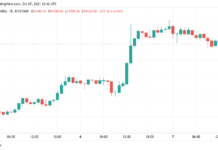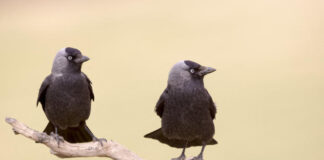Insects, birds, various plants, algae and shells… Participatory science has, in recent years, enlisted nature lovers to identify a number of species, in order to help researchers measure changes in natural environments. The principle also applies to fish, as proven by MantaMatcher, a site that offers divers the opportunity to record their photographs of manta rays. Image analysis software then makes it possible to automatically differentiate them from dark marks on their abdomen – the human eye remaining essential to validate the observations. To date, 11,845 different individuals have been identified during 40,000 observations made by 154 divers. Around the island of Komodo (Indonesia), a thousand reef manta rays have been identified thanks to 4,000 photos, a corpus whose analysis, published in the journal PeerJ, on May 16, highlights behaviors varied, with some rays being more homelike than others. Lessons that scientists intend to use to protect them from the excesses of tourism and fishing.
Divers help identify manta rays
304














